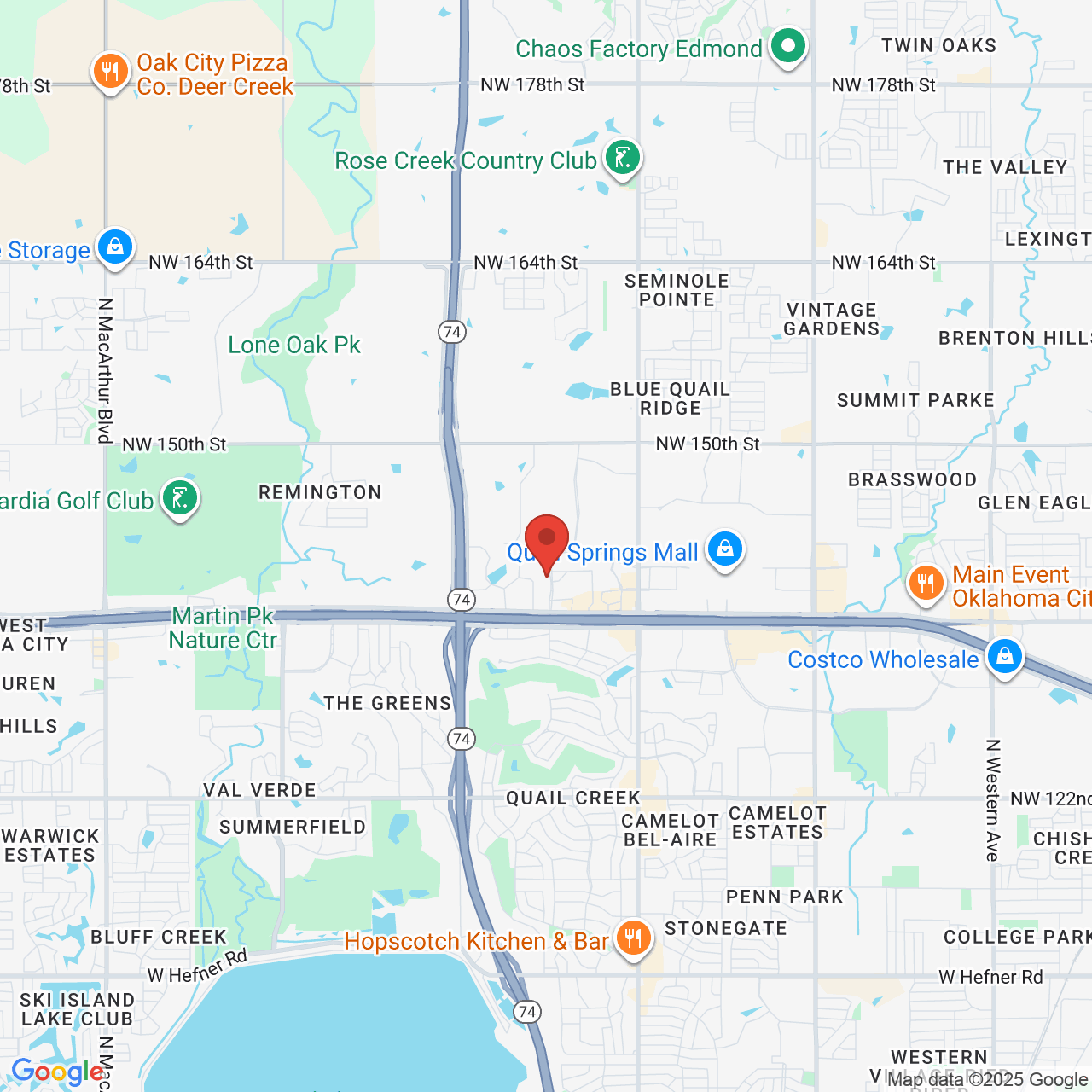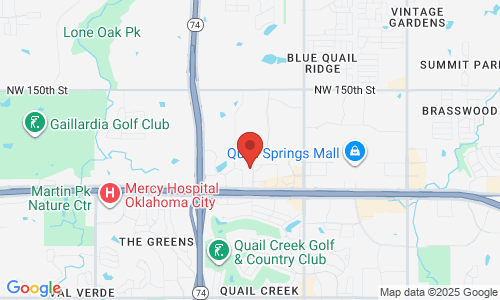Types of Spinal Cord Injuries: Serious Harm to the Back
 The lawyers of the Tawwater Law Firm take spinal cord injury lawsuits very seriously. Damage to the spine can have repercussions that last for years and affect your movement, your mobility, your career, and your mental state. That's why we always do our best to help those in the Oklahoma City area who have suffered a severe spinal cord injury as a result of serious negligence.
The lawyers of the Tawwater Law Firm take spinal cord injury lawsuits very seriously. Damage to the spine can have repercussions that last for years and affect your movement, your mobility, your career, and your mental state. That's why we always do our best to help those in the Oklahoma City area who have suffered a severe spinal cord injury as a result of serious negligence.
We'd like to consider some of the different types of spinal cord injuries right now. Keep in mind that if you or a loved one has experienced a serious spinal cord injury, it's imperative that you speak with an attorney about your incident ASAP.
Herniated Discs
Between each of your vertebrae is a spongy cushion referred to as a disc. These discs between the vertebrae help serve as shock absorbers for the spine, allowing patients to bend, twist, and turn. When a spinal cord injury occurs, it's possible for these discs to become compressed and bulge outward from their regular position, resulting in a condition known as a herniated disc, a slipped disc, or a bulging disc. Thankfully the condition is temporary, though the pain associated with a slipped disc can be serious.
Pinched Nerves
Numerous nerves run alongside the spinal cord, helping conduct sensation through the body. A spinal cord injury can lead to the vertebrae, the discs between the vertebrae, or a bone spur to come into contact with a nerve, resulting in discomfort, tingling in the extremities, and other forms of discomfort. This is known as a pinched nerve. Treating pinched nerved may involve surgery depending on the nature of the problem.
Fractured Vertebrae
A fractured vertebrae means that the bone of the spinal cord has been broken in some fashion. This can lead to severe pain and major issues with mobility, range of motion, and general wellness. The treatment for a fractured vertebrae may involve surgery if the break is especially severe. This form of spinal injury can have long-term repercussions on your overall quality of life.
Whiplash
Whiplash is caused by the sudden and rapid acceleration and deceleration of the body, causing the neck to stretch too far in one direction. This can affect the soft tissues around the neck as well as the spinal cord itself. Long-term pain and mobility issued may be the result of major whiplash.
Paraplegia and Partial Paralysis
Paraplegia refers to the loss of sensation and movement in the lower extremities. This form of paralysis typically involves a seriously damaged spinal cord, often from the middle and lower back area. Paraplegics will be wheelchair bound for the rest of their lives, leading to significant changes in quality of life.
Quadriplegia and Total Paralysis
Quadriplegia (also known as tetraplegia) is the most serious kind of spinal cord injury. It involves the loss of sensation and movement in all of the extremities. These kinds of injuries typically affect the vertebrae of the neck; the higher up the neck the affected vertebrae, the worse the total paralysis. People rendered quadriplegics will need constant medical assistance and monitoring, in some cases even requiring a machine to assist with breathing.
Learn More About Your Legal Options After a Spinal Cord Injury
To learn more about your legal rights after suffering a serious spinal cord injury, it's important that you contact our team of personal injury attorneys today. The lawyers of the Tawwater Law Firm will be here for you in your time of legal need.



